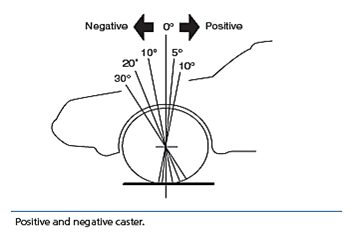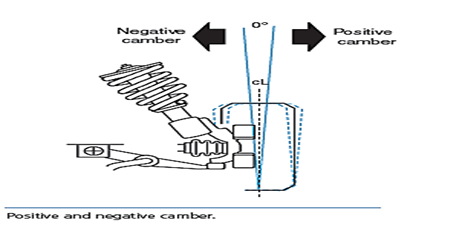SKEDSOFT
Introduction:
Sagged springs cause insufficient curb riding height. Therefore, the distance is reduced between the rebound bumper and its stop.
Curb Riding Height
- The curb riding height is determined mainly by spring condition. Other suspension components such as control arm bushings will affect curb riding height if they are worn.
- Since incorrect curb riding height affects most of the other suspension angles, this measurement is critical. Sagged springs change the normal operating arc of the lower ball joint.
- This action causes excessive lateral movement of the tire during wheel jounce and rebound with resulting tire wear.
- The curb riding height must be measured at the vehicle manufacturer’s specified location, which varies depending on the type of suspension system.
- When the vehicle is on a level floor or an alignment rack, measure the curb riding height from the floor to the manufacturer’s specified location on the chassis.

- This distance reduction causes the bumper to hit the stop frequently with resulting harsh ride quality.
- The caster angle is the number of degrees between the true vertical centerline of the tire and wheel, and an imaginary line through the center of the upper strut mount and lower ball joint.
- Positive caster angle occurs when the caster line is tilted toward the rear of the vehicle.
- Negative caster angle is present when the caster line is tilted toward the front of the vehicle.
When both rear springs are sagged, the caster angle tilts excessively toward the rear of the Vehicle. This caster angle results in increased steering effort and rapid steering wheel return after a turn. If both front springs are sagged, the caster angle tilts excessively toward the front of the vehicle. When the front springs are sagged and caster is negative, directional stability is decreased, and the front wheels tend to wander.

